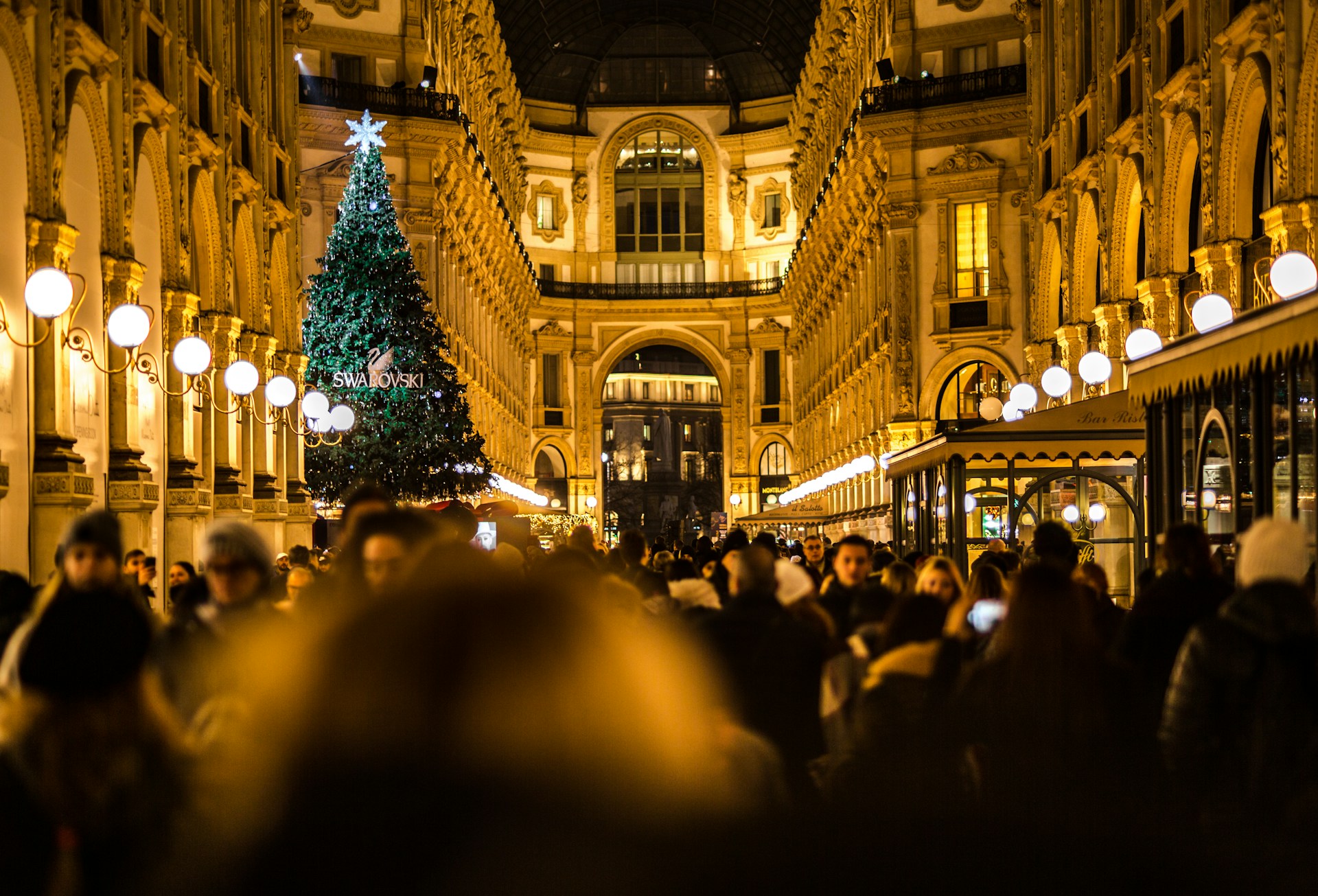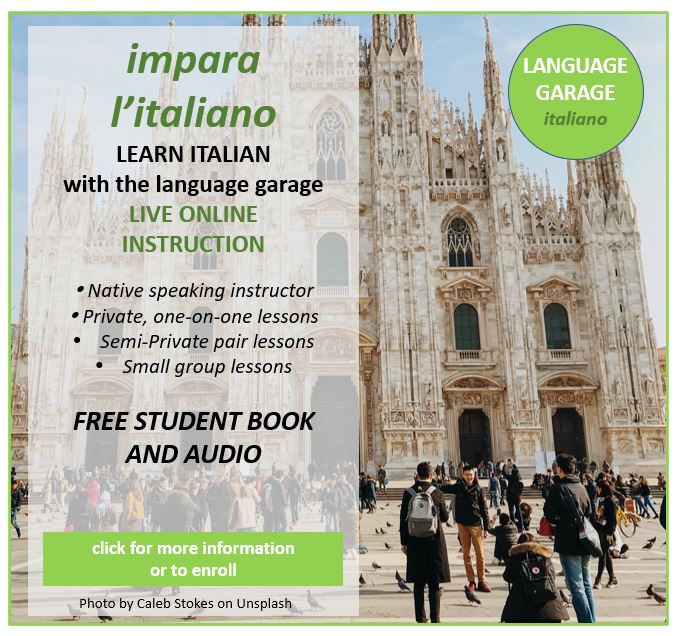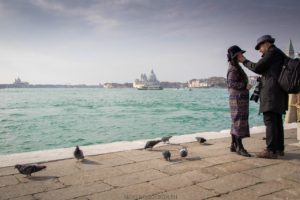Christmas in Italy: A Celebration of Tradition, Faith, and Festive Flavors
Christmas in Italy, or Natale, is a magical time that blends religious observance, family traditions, and culinary indulgence. Each region has its unique customs, but some elements remain universally Italian. This makes the season a deeply cherished period for Italians and visitors alike. Here’s a glimpse into how Italy celebrates this joyous holiday.
Religious Observances and Public Traditions
Italy’s Christmas season officially begins on December 8th, La Festa dell’Immacolata Concezione (the Feast of the Immaculate Conception.) This is a national holiday marked by church services and festive decorations. In many cities, large Christmas trees and presepi (nativity scenes) appear in public squares, setting the stage for the season.
Nativity scenes hold a special place in Italian Christmas culture. According to tradition, St. Francis of Assisi created the first presepe vivente (living nativity scene) in 1223. The tradition continues today with elaborate displays featuring handcrafted figurines. Naples, in particular, is famous for its detailed presepi, often including whimsical modern touches alongside traditional biblical figures.
Religious observances peak on Christmas Eve with La Vigilia (the eve/vigil) a time of spiritual reflection. Many Italians attend La Messa di Mezzanotte (Midnight Mass), a profound experience that symbolizes the birth of Christ. The Vatican’s Christmas Eve Mass at St. Peter’s Basilica is a globally televised event, drawing pilgrims from around the world.
Festive Food and Culinary Traditions
Italian Christmas celebrations revolve around food, with each region showcasing its specialties. On Christmas Eve, many families observe the tradition of la Festa dei Sette Pesci (the Feast of the Seven Fishes), a meal featuring various seafood dishes. Some popular dishes you’re likely to see on the menu are:
- Baccalà – Salted cod, often prepared fried (baccalà fritto) or in a tomato-based stew (baccalà alla napoletana).
- Calamari – Squid, typically fried (calamari fritti) or served in a salad (insalata di calamari).
- Cozze – Mussels, often steamed with garlic and white wine (cozze alla marinara).
- Vongole – Clams, commonly served with spaghetti (spaghetti alle vongole).
- Gamberi – Shrimp, sometimes grilled (gamberi alla griglia) or sautéed with garlic (gamberi all’aglio).
- Anguilla – Eel, traditionally roasted or stewed (anguilla in umido), especially in southern Italy.
- Polpo – Octopus, often boiled and served in a salad (insalata di polpo).
- Acciughe – Anchovies, sometimes fried or served as part of an appetizer (acciughe marinate).
- Scampi – Langoustines, often grilled or cooked in a tomato sauce (scampi al pomodoro).
- Pesce Spada – Swordfish, typically grilled (pesce spada alla griglia) or prepared as steaks.
Christmas Day (Natale) is a feast of epic proportions. Tables are laden with pasta dishes such as lasagna or tortellini in broth, roasted meats like carne di agnello (lamb) or carne di maiale (pork), and an array of side dishes and desserts. Among the iconic holiday treats are panettone and pandoro, sweet breads often served with mascarpone cream or powdered sugar. Torrone, a nougat made with almonds, is another beloved holiday confection. In southern regions, locals prepare struffoli, small fried dough balls coated in honey and sprinkles. Sicilians might serve buccellati, a fig-filled pastry.
Family and Community Customs
Christmas in Italy is deeply family oriented. Families gather to exchange gifts, share meals, and play games like tombola, a traditional bingo-style game. Gift-giving often takes place on Christmas Eve or Christmas Day. However, people in some regions wait until L’Epifania (Epiphany) on January 6th. On this day La Befana—a benevolent witch—brings gifts to children.
Community celebrations are equally vibrant. Markets, known as mercatini di Natale, pop up in towns and cities, selling artisanal goods, seasonal foods, and festive decorations. In places like Bolzano and Florence, these markets feature live music and ice-skating rinks, creating a winter wonderland.
Extending the Celebrations
The Italian Christmas season doesn’t end on December 25th. Festivities continue through January 6th, the Epiphany, commemorating the visit of the Magi to the Christ child. On this day, parades and processions are held in many towns, with people dressed as the I Tre Re Magi (The Three Wise Men).
Christmas in Italy is more than just a holiday—it’s a celebration of faith, family, and cultural heritage. Whether through its stunning nativity scenes, mouthwatering feasts, or heartfelt traditions, Italy captures the true essence of Christmas, leaving both locals and visitors with cherished memories to treasure.
Get on the road to speaking Italian with the Language Garage!
We hope you’ve enjoyed learning a little bit about Christmas in Italy. If you’re interested in learning more, check out our other posts on Italian language, culture, and more. And if you’re looking for convenient and affordable live Italian lessons with a real teacher, check out The Language Garage. Our lessons are given online in a virtual classroom, so it doesn’t matter where you live or work – we can come to you. And we have flexible options, with a free trial so that you can decide if there’s a fit. Check us out!
Photo by redcharlie on Unsplash






